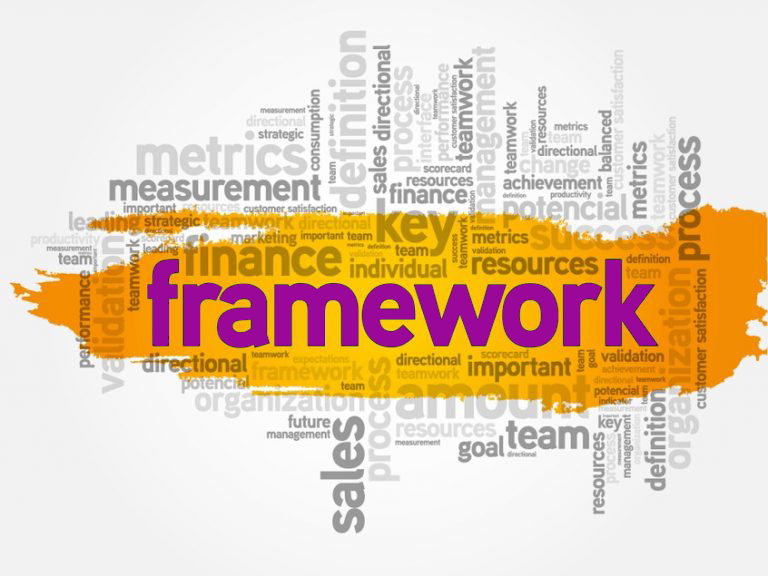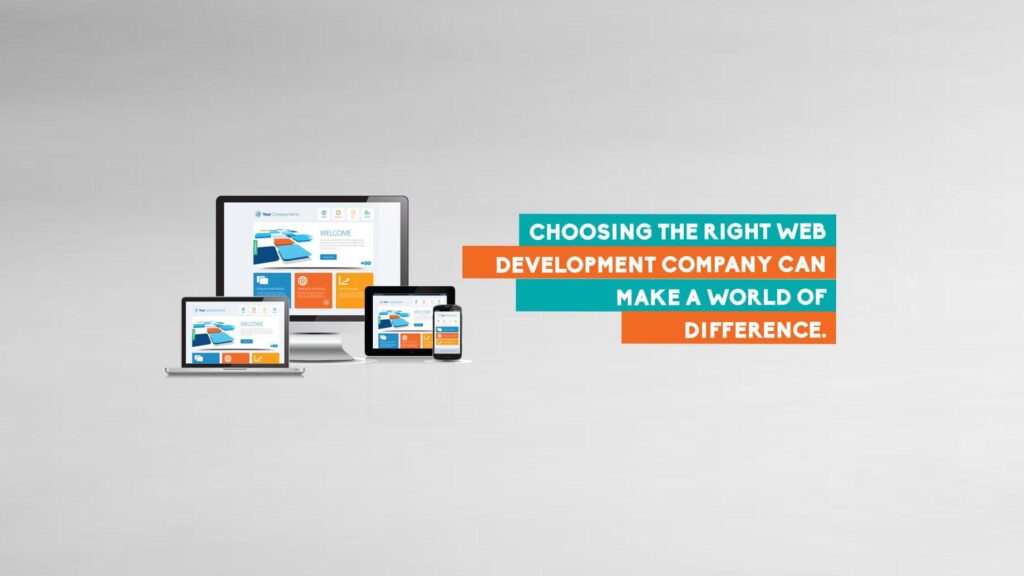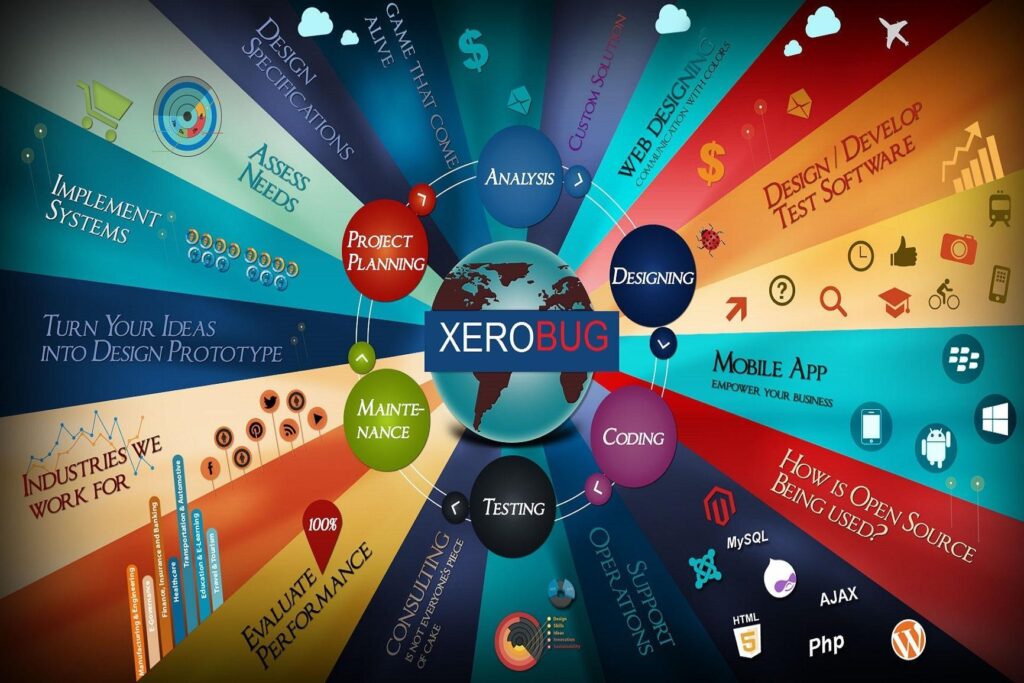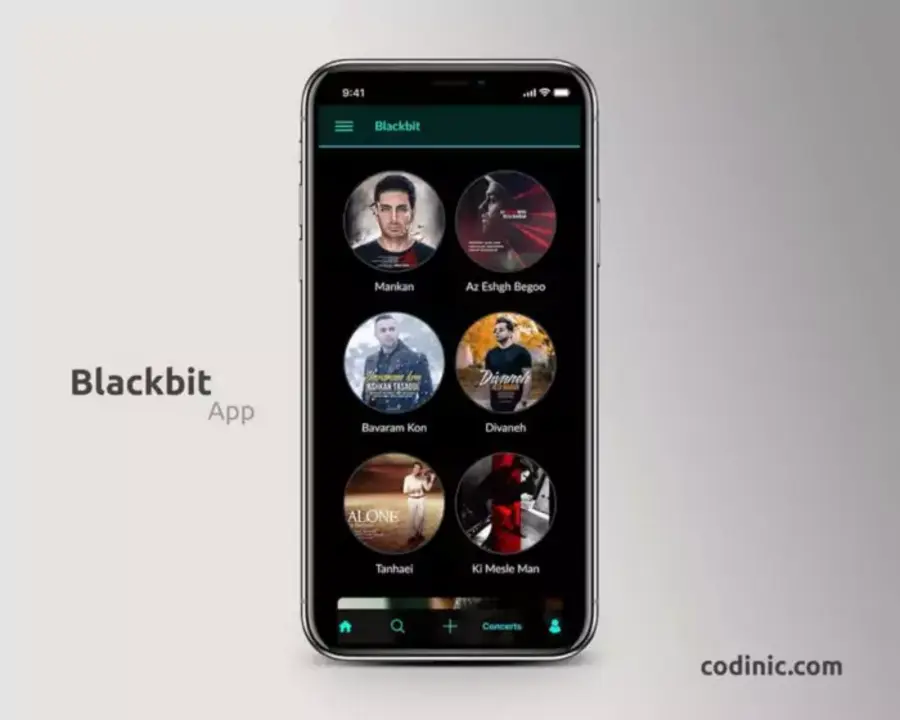What is a Framework and Web Application?
Framework and Web Application have become an integral part of modern digital interactions. When building web applications, it is important to choose the right platform and technology stack to ensure optimal performance, scalability and security. This article will take an in-depth look at the concepts of web applications, frameworks and the web platform and web technologies that support them.
How Can I Learn Web Framework and Web Application Creation?
A web framework is a set of building blocks that make it easy to create web applications. This guide explains step by step both what frameworks are and how web applications work. If you are new to the world of web development or want to learn more about web platforms and web technology, you are in the right place!

What is the Difference Between a Framework and a Web Application?
A web application is a software program that can be accessed through internet browsers and is not limited to a specific execution platform. A framework is a framework that provides the tools and structures needed to develop these applications. To answer the question what is a framework, we can say that these tools facilitate common tasks such as user authentication, database management and routing.
All kinds of web applications, mobile applications and desktop applications can be developed using a framework. In short, frameworks enable developers to work quickly and efficiently on the web platform.
What is a Framework?
A framework is a predefined code structure that makes software development faster and easier. Instead of starting from scratch, web application developers can solve repetitive tasks such as database management and user authentication with the ready-made components and web technology offered by the framework.
Framework Types
- Frontend Frameworks: Used to create the user interface (UI) and user experience (UX) of web applications.
- Examples: React, Angular, Vue.js, FrameworkJS
- Backend Frameworks: Manages server-side operations, database management and business logic.
- Examples: Django, Ruby on Rails, Node.js
Why use a Framework?
Frameworks are designed to make development faster and more efficient. They provide a robust structure, reduce the need for repetitive coding and ensure that best practices are followed. By using a framework, developers can focus on writing application-specific code instead of dealing with the underlying infrastructure.

Advantages of Using Frameworks
- Development Speed: Web application development progresses faster with ready-made structures instead of starting from scratch.
- Built-in Security: Many frameworks offer built-in security features.
- Scalability: Frameworks allow web applications to scale in a way that maintains performance as they grow.
- Modularity: Encourages cleaner and more organized code.
Disadvantages of Using a Framework
- Challenging Learning Curve: Learning the framework can take time, especially for beginners.
- Flexibility Limitations: Some frameworks may limit flexibility for customized solutions.
- Complexity: Using frameworks in small projects can add unnecessary complexity.
What is a Web Application?
A web application is dynamic software that is accessible through internet browsers and provides various services to users. Web applications enable users to input data, interact and process data in real time.
How Do Web Applications Work?

Frontend consists of two parts: web applications and backend. The frontend part creates the user interface, while the backend performs data processing and storage. For example, when a user performs an operation through a web application, the frontend sends the request to the backend. The server processes the request, retrieves the data and returns an updated response to the user.
Features of Web Applications
- Interactive: Web applications allow users to enter data and receive feedback.
- Cross-Platform Compatibility: Accessible from any device (computer, tablet, smartphone).
- No Installation Required: Unlike traditional software, web applications run through the browser without the need for a download.
Advantages of Web Applications
- Easy Maintenance: Updated on centralized servers, users do not do any installation.
- Scalability: Scalable on the server side according to increased traffic.
- Cross Platform Compatibility: Because they work through the browser, they can be used on any platform.

PWA (Progressive Web Apps) and Web Application
Progressive Web Apps (PWA) is an advanced type of web application that combines the advantages of both web and mobile applications. PWA offers features such as the ability to work offline, push notifications and speed. This allows users to install PWAs on their devices in a similar way to native mobile apps.
Web application is a generic term for general software applications that run through a browser. Applications such as Gmail, Google Docs, Trello fall into this category. PWAs are also included, but offer more advanced features.
Why Choose a PWA?
PWA eliminates the need to develop separate apps for iOS and Android. This provides a cost-effective and user-friendly solution by combining web app and mobile app functionality.
Web Platform and Web Technology
A web platform encompasses the software, protocols and technologies that enable web applications to be built, run and managed. For example, popular web platforms include Google Cloud Platform (GCP), Amazon Web Services (AWS) and Microsoft Azure.
Web technologies are the tools and standards that developers use to build web applications. HTML5, CSS3 and JavaScript are among the most widely used web technologies.
How Should You Choose Web Technology?
The most appropriate web technology should be selected according to the project requirements. For example, if performance is a critical priority, speed-oriented backend technologies such as Node.js may be preferred. If the user interface is at the forefront, frontend frameworks such as React and Vue.js are ideal.
Which Framework and Web Application Should I Use?
Choosing the right web application and framework depends on the needs of the project. For example, for small and medium-sized projects, quick-to-deploy platforms such as Heroku may be preferred. For larger and more complex projects, powerful web platforms such as AWS or Azure can be used.
Technology Stack for Web Applications
- Frontend: HTML5, CSS3, JavaScript
- Popular frameworks: React, Vue.js, Angular
- Backend: Node.js, Django (Python), Ruby on Rails
- Databases: MySQL (relational database), MongoDB (NoSQL database)

Key Factors to Consider When Using a Framework and Web Application
- Project size and complexity: A lightweight technology stack may be sufficient for a simple application. But larger projects with complex functionality will require more robust platforms and advanced technologies.
- Scalability: If you expect your application to grow, choose a platform that can scale with demand.
- Security: Security is especially important for applications that handle sensitive data, such as e-commerce or financial platforms.
- Performance: The technology stack should ensure that your application runs efficiently with minimal load times and high responsiveness.

Popular Platforms for Web Applications
- Amazon Web Services (AWS): AWS is a leading cloud platform that provides scalable, secure and reliable infrastructure for web applications. Its flexibility and comprehensive range of services make it ideal for businesses of all sizes.
- Microsoft Azure: Azure provides cloud computing services similar to AWS. It is highly integrated with Microsoft tools and technologies, making it an excellent choice for businesses that use Microsoft products.
- Google Cloud Platform (GCP): Known for its data processing and artificial intelligence capabilities, GCP offers powerful cloud solutions. This is a good option for projects that require advanced data analysis and machine learning capabilities.
- Heroku: A Platform as a Service (PaaS) that makes deployment easy for developers. Heroku is easy to use for small projects and startups and provides fast deployment and scalability without the need for complex configurations.
- Univeseio: A Platform as a Service (PaaS) that makes deployment easy for developers using Frameworkjs.
Solution:
Web applications and frameworks are critical for developers and businesses looking to build powerful and scalable solutions in the modern digital world. Frameworks accelerate software development, while web platforms provide the infrastructure for hosting and managing applications. Choosing the right web technologies and platforms is crucial to improve the performance and security of web applications.



Pingback: What is Next.js? Server-side Rendering Guide with React - Codinic